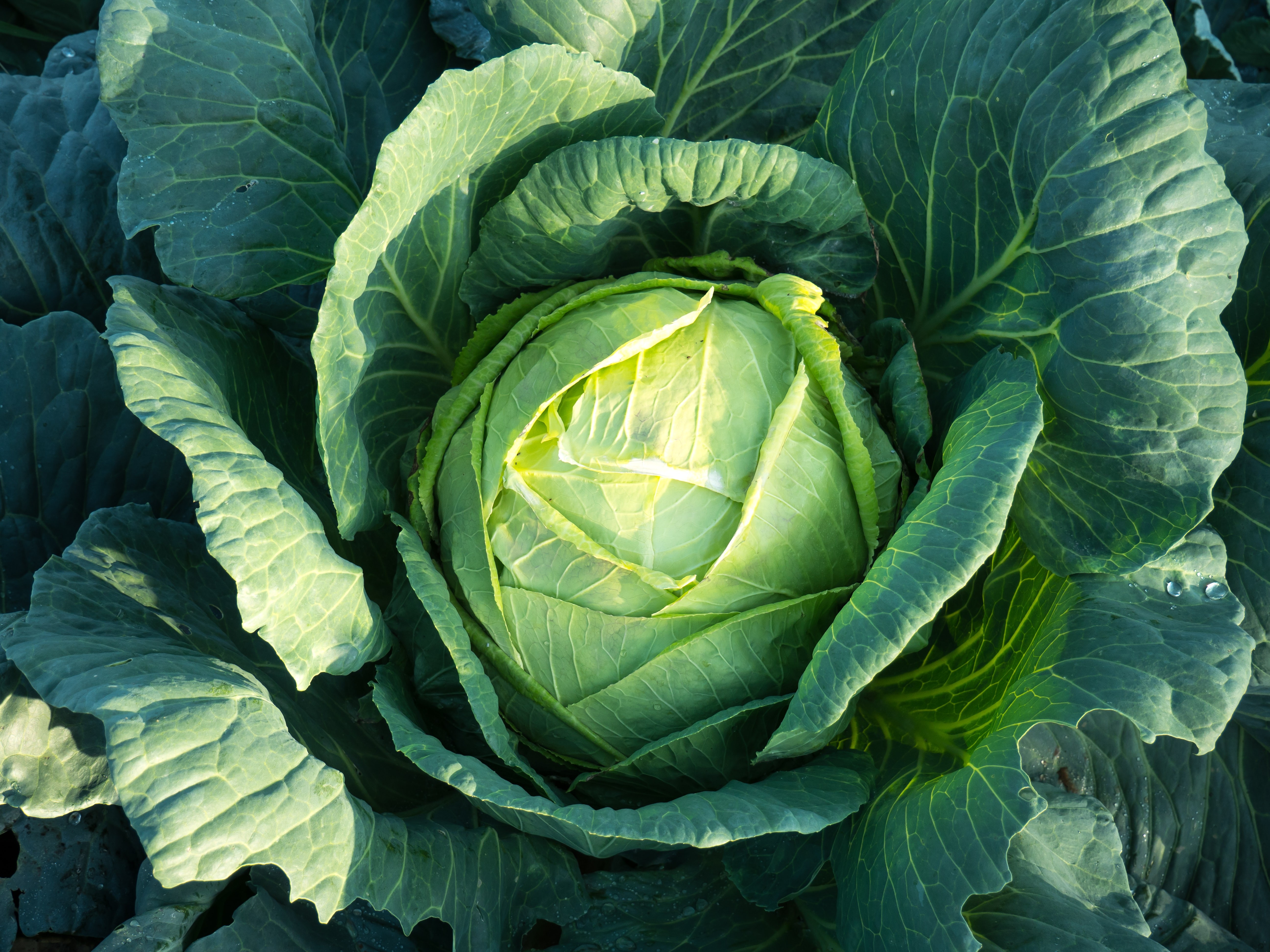31 Mar, 2024
Restoring balance & avoiding the sugar slump
Whilst we don’t ever suggest denying yourself of the occasional indulgence, what is important is that we stay in control of our body and our habits and don’t become dependent on or consume too much refined sugar. It’s not so much giving up sugar, but taking up energy, balance and control. Here's how we recommend restoring balance and bringing you back out of that post-sugar slump.
HealthWhat happens when the body consumes too much sugar?
The problem with sugar is that it can upset our cognitive chemistry, blocking and crossing signals that disrupt our natural bodily intelligence and encourage us to reach more frequently for the addictive sugary foods that makes us feel bloated and sluggish.
When you consume sugar, your blood sugar level spikes and your body releases insulin to lower it to a safe level. If the insulin brings your blood sugar level too low, your body then craves foods that will raise it and increase your energy. This is where the term ‘blood sugar rollercoaster’ comes from. When we eat sugar, our brain releases chemical rewards, such as dopamine. Which is why sometimes it can feel like we’re addicted to sugar.
Cravings can also originate as a result of lifestyle – stress can cause the hormone cortisol to flood your body, releasing glucose from your liver, which in turn raises your blood sugar level. Poor sleep can also trigger excess eating as your body looks to combat your fatigue. It’s important to listen to your cravings and try to determine their root cause: true hunger, emotional eating or habit. Sugar can also negatively impact our gut health by encouraging the growth of bad bacteria in our gut microbiome, such as candida and yeast. These types of bad bacteria can then cause poor digestive health, inflammation, brain fog and sometimes severe illnesses.
This can then lead to hormonal imbalance, brain fogginess, peckishness, fatigue, stress, anxiety, shakes, headaches, excess sweating, and other uncomfortable symptoms.
How to avoid this?
An easy way to banish the sugar slump is by avoiding refined sugars found in carbohydrates such as white bread and pasta, cakes, sweets, sugary drinks, packaged snacks, milk, etc. We also recommend incorporating consistent balance in your diet with the right amount of protein, fibre and healthy fats for you.
4 steps for incorporating balance:
- Keep it varied. If your body is craving carbs, sugars or starchy foods, stick to unrefined options and consume them with predominantly fibre, a little protein and a little portion of healthy fats. This way, the glucose from these foods won't hit your blood stream as fast. Another option is to eat said food after a balanced meal. Examples of this is if you are craving something starchy, we recommend opting for some homemade falafels with houmous, some grains or wholemeal, sourdough or rye bread, with 1-2 tbsp of hummus or chickpeas (or other beans), topped with some roasted veg (or other fibrous veg, such as a side of sautéed kale or dark leafy greens) and 1 tsp of olive oil, seeds or chopped nuts for healthy fats. Otherwise, if you are craving sugar, we recommend having a raw brownie or truffle made with natural sweeteners, fruit, nuts and cacao after a meal. We also talk of variety in terms of varied plant foods and ingredients to keep your gut microbiome happy. A happy gut microbiome leads to less cravings in the first place.
- Meal plan. Planning is usually necessary to make sure each of your meals or snacks is built with an appropriate balance of complex carbohydrates, protein and fat. This is so as to avoid restricted options, decision fatigue and having to reach for the quicker, easier option, which is usually ultra-processed and full of added sugars. Similarly, many will resort to 'quick-fix' products, such as low-fat or sugar-free food options, which often are bulked out with extra sugar and stabilisers to compensate for the flavour lost when fat is removed. On the other hand, most don't have the time, energy or motivation to do this regularly, which is where we can help you save time and commitment. We can plan, prep and deliver your nutritionally-balanced fresh meals, based on your dietary preferences, lifestyle and health goals. Find out more here.
- Breakfast intentionally. Firstly, we suggest fasting for as long as possible in the morning, to allow the body that extra window to finish digesting from the day before and switching into its natural fat burning state. However, we don't suggest skipping a meal as a result, as you would usually need the extra energy. When it comes to breakfast, eating the right meal will help manage your blood sugar level dips and spikes throughout the day. To do this, we suggest eating a breakfast with minimal sugar. This could either be a protein-rich, savoury breakfast, such as a frittata, fritters, eggs with avocado and quinoa bread. Or for a better 'sweeter' option would be protein pancakes or waffles, coconut yoghurt with nutty granola or banana bread made with nuts and chia seeds, and topped with coconut yoghurt, all sweetened with a touch of agave or maple syrup (no more than 1 tsp per serving).
- Move after your meal. After you eat a meal, use the glucose you have just consumed as a direct source of energy rather than allowing it all to go directly into your bloodstream. This is as simple as standing up and going for a little walk, or stretching for 10 minutes, doing some housework, or having a little boogie!
N.B. A note on menopause. Menopause is one of the points in our lives where we can see a huge change in blood sugar responses, in peaks and troughs. This is where we suggest being extra mindful with what your body is craving and if that is carbohydrates and sugar, making sure to follow the tips above as much as possible to manage your body’s blood sugar levels as much as possible.
We believe that ten days of wholesome, nourishing food can help curb those sugar cravings and help reset your taste buds. Our Balance Plan delivers 10 days of a fresh, daily menu to support your hormone health by targeting your gut health, balancing blood sugar levels and supporting the natural detoxification system. Included is a series of movement and mindfulness classes from The Yoga Class Co and a bundle of amazing gifts to optimise hormonal balance, and provide extra nurture along the way. Find out more here.



